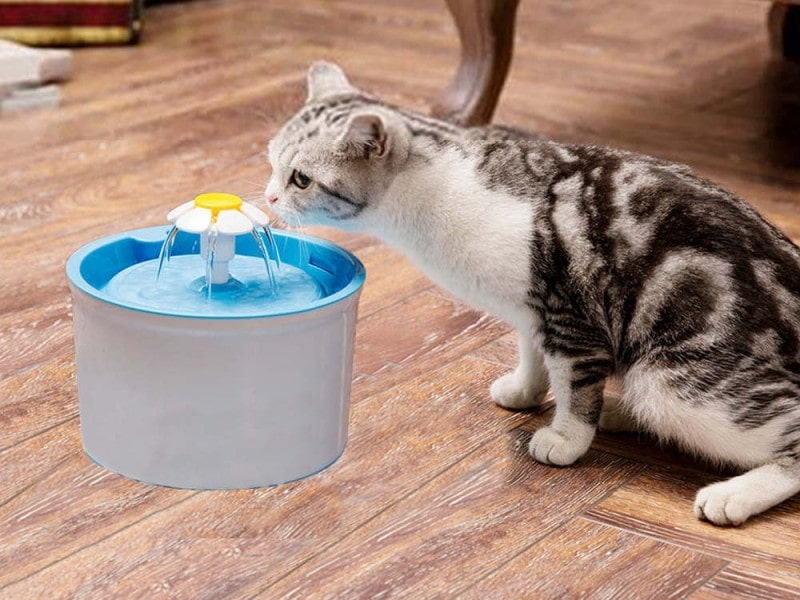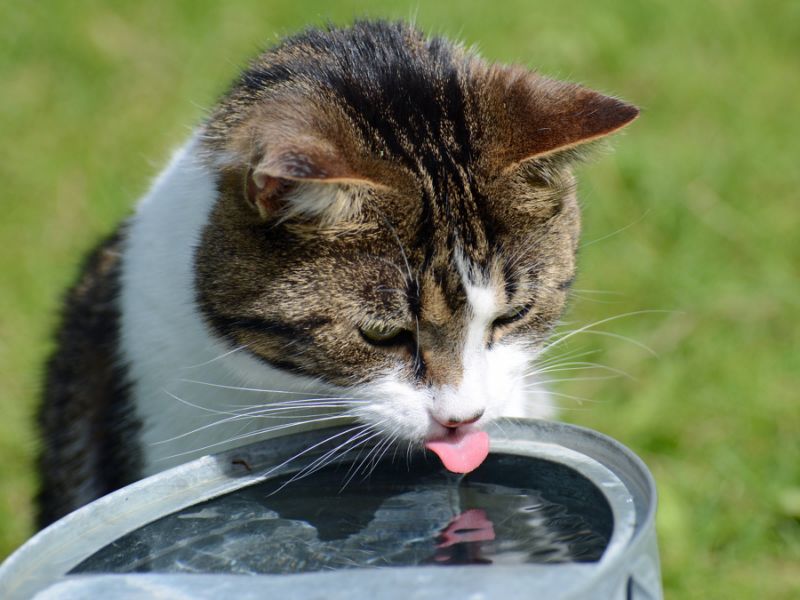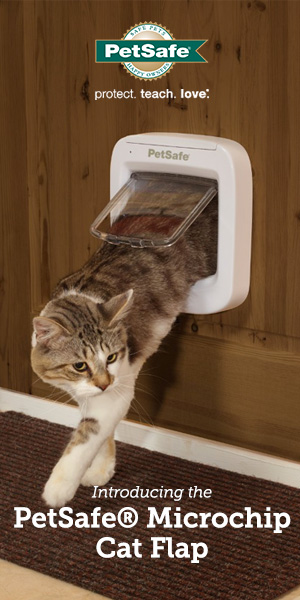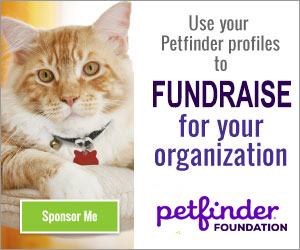
It is clear that for all living beings on the planet, water consumption is vital for our lives. In the case of a human being who could live several days without food, he could only survive three to five days without water. So, cats are not the exception to this rule and water is a very important element for their health, but despite this, they are usually animals that do not drink much due to their genetics.
Cats in the wild tend to have limited places to hydrate and must survive long periods without drinking, therefore, cats are fully adapted to obtain most of their hydration through the body water of the prey they consume. At the same time, drinking little water allows them to optimize and reduce the loss of nutrients from their main source of nutrition (protein) through urine.
Unfortunately, it is notorious that the passage from wild cat to domestic cat has generated radical changes in their main diet, today they are foods generated industrially to sustain our cats but mainly to facilitate the life of the owners (man).
It is in these dietary changes that have occurred in the cats where we must base to know the water needs of each of them, and thus see that their water consumption is indicated to avoid possible problems in their health that are currently common as a result of this.
How much water does my cat need a day?
Well, it depends on your cat’s diet as we said before. Water in a cat corresponds to between 67 and 80 percent of its body weight, which is approximately the amount of water provided in nature by the prey it hunts and eats.
Most domestic cats in Colombia have dry or concentrated food as their main food base, which contains only about 10 percent water, as opposed to wet or canned food, which has about 78 percent water. In other words, cats that are fed only dry food will need a higher water consumption than those whose main diet is wet food; now, those whose diet is a combination of concentrate and canned food will also need to drink a good amount of water.
A cat should drink between 85 and 250 millilitres of water a day to maintain good health, this amount of water will depend on other important factors such as climate, age and physical activity within the home. Not knowing or promoting such consumption in our feline at home, may present in the short or long term diseases that none of us would like to face as their caregivers.
At this point it is good to emphasize, that even knowing the exact measure of water required for a cat, ends up being more important to know in detail the habits of your cat, know their habits, in which moments they drink water, how much they drink and how much they urinate during the day.
So we can perceive when there is an irregularity in their habits, both when you reduce their water consumption as when you increase it, both extremes can be a risk in their health and so it is of vital importance to be alert to these changes.
But what health risks do too much or too little water pose to our cats?
1.) Dehydration in cats can cause kidney disease, due to incorrect elimination of toxins from the blood, which can lead to death or a lifetime of illness, with special care. Cats’ kidneys are very sensitive to their main protein diet, so water plays a very important role. These problems can include cystitis, stones or kidney failure.
2.) An increase in your cat’s water intake may be a sign of something she’s already coping with – the body is experiencing a considerable loss of water for some reason, so your cat may be more thirsty. It’s important to keep a close eye on this, both when she’s drinking, and how much urine is in her litter box; if you see a significant increase in any of these, it’s essential to take her straight to the vet.

Excessive water consumption, if not due to a very hot climate, can be caused by:
- A problem with the kidneys not reabsorbing the fluid properly and eliminating it in the urine.
- Diabetes, which is characterized by high levels of sugar in the blood, causes extra work for the kidneys and results in a large volume of water being lost.
- A hormonal problem, where the kidneys are not stimulated to the hormone.
And how do I know if my cat is properly hydrated?
1.) Check the elasticity of her skin, gently stretch the skin on the back of your kitten’s neck. If she lets go immediately, it’s a good sign of hydration; if she delays returning to her position, your cat may be reaching a critical point of dehydration.
2.) A shiny coat without dandruff or dry scabs is a sign of good hydration
3.) Urinating more than 2 or 3 times a day, or seeing the size of the urine in the litter box that was generated is larger than normal, may be a sign of water loss.
4.) Know your cat’s habits, we’ve already mentioned this point above, but it’s vital that you know her drinking, urinating and feeding habits
If any of these signs suggest dehydration in your cat, or if she generally consumes very little water, you can follow these recommendations to improve her daily intake:
- Prefer filtered water to tap water, you’ll know that cats are demanding when it comes to feeding and drinking, chlorine-free water and a high concentration of minerals is usually more appreciated and the cats’ fine taste
- Water in movement, very related to point one (1), water in movement is better oxygenated and therefore fresher, providing an ideal flavor for your cat, so many prefer to drink directly from the tap. It is advisable to use electric water sources that besides keeping the water moving, filter it and keep it free of germs for longer. You can find an ideal one for your home, according to the number of cats, design and capacity 1.5lt, 2lt, 3lt
- Always have water at your disposal, fresh and clean water, distributed in several points of the home, so you will encourage its consumption
- Always clean the containers, wash every day both water and food containers, cats are very sensitive to smell, so something contaminated or dirty will keep them away from water.
- Use a ceramic or glass container, so you can keep the water cooler and fresher for longer. Plastic containers tend to accumulate germs and bacteria because they are porous, making them susceptible to disease or causing your cat to get feline acne.
- Integrate the wet food to the diet of your cat, its level of moisture will contribute significantly to the hydration of their body, if you already provide it you can add a little more water to that food, but keep in mind that it is not feasible to do this with dry food, since it can be damaged quickly.
- Have spaces for everything, that is, have several water stations in your home at strategic points near your favorite places within the house, but very important away from your food or feeding area, away from your sandbox to avoid contamination. Each basic activity should be done in different places, one to eat, one to drink, one to sleep and one to relieve yourself.



